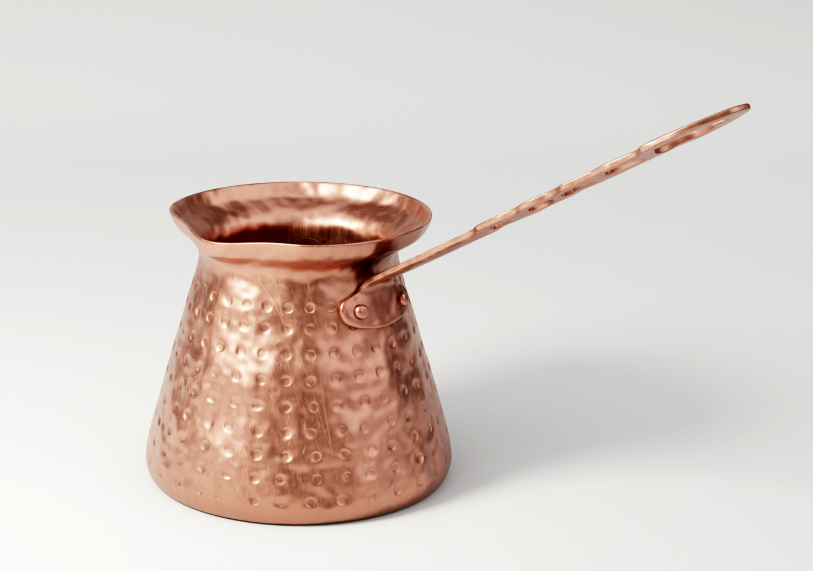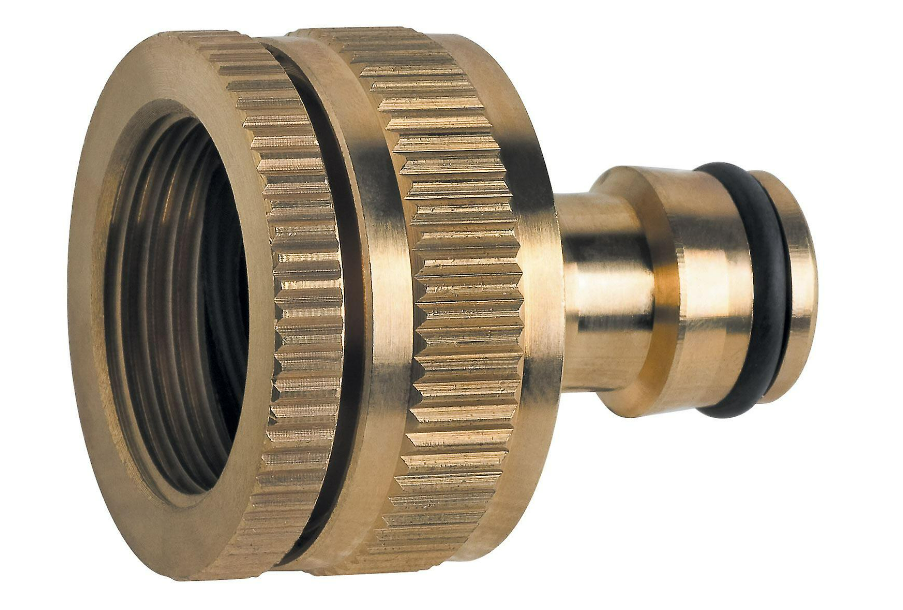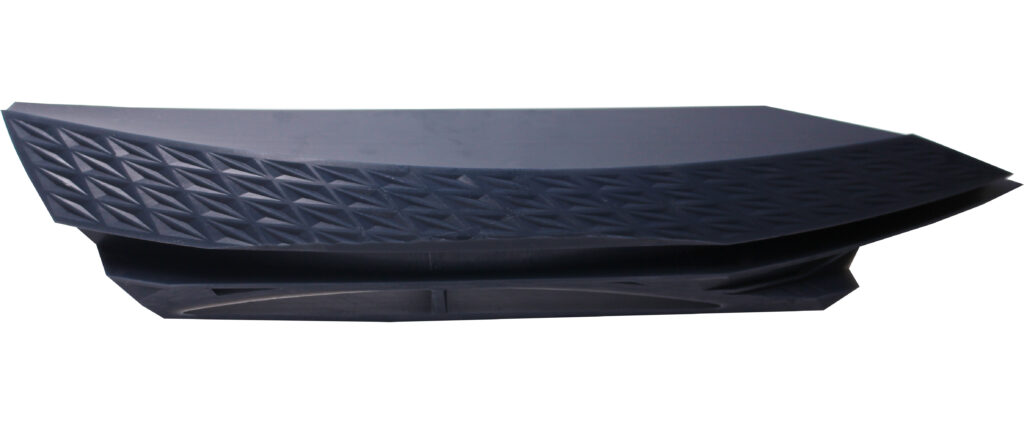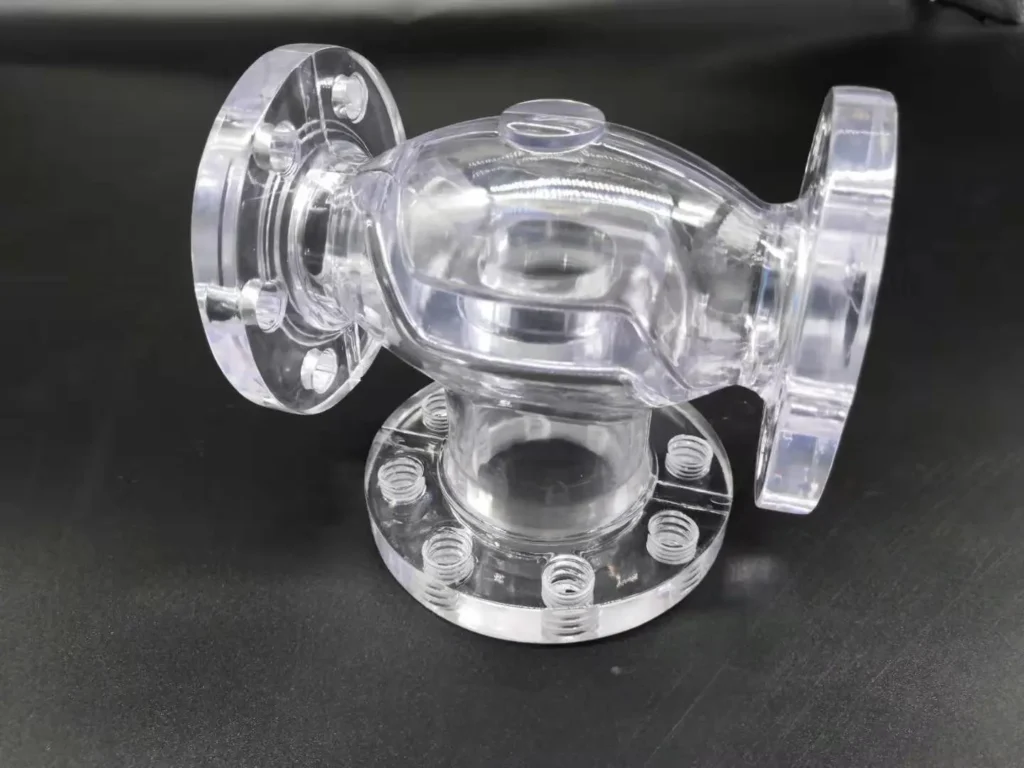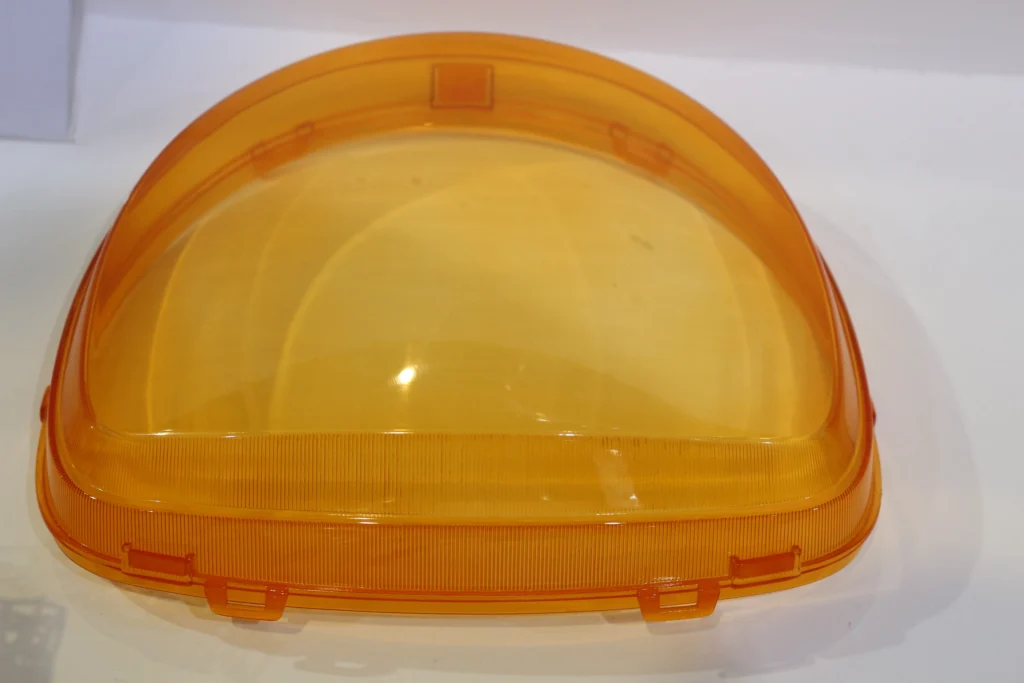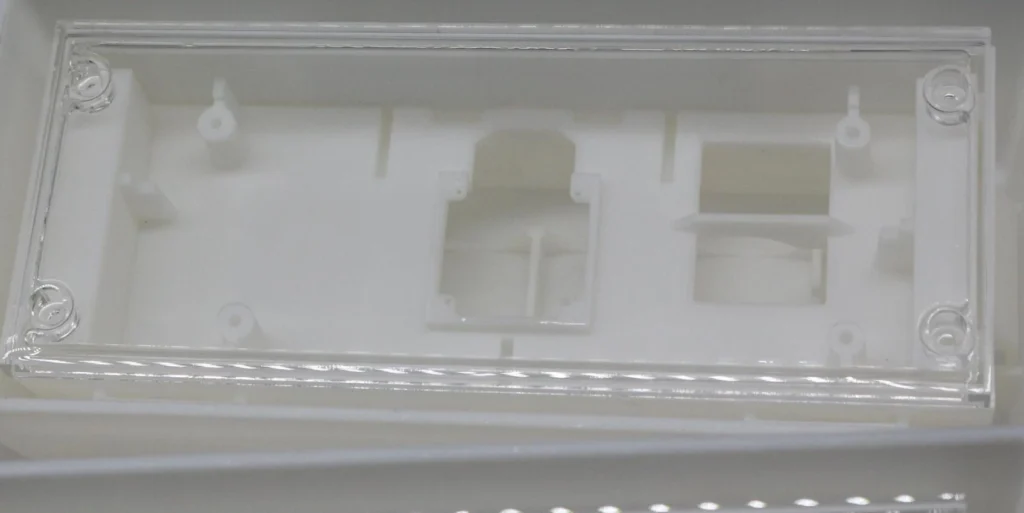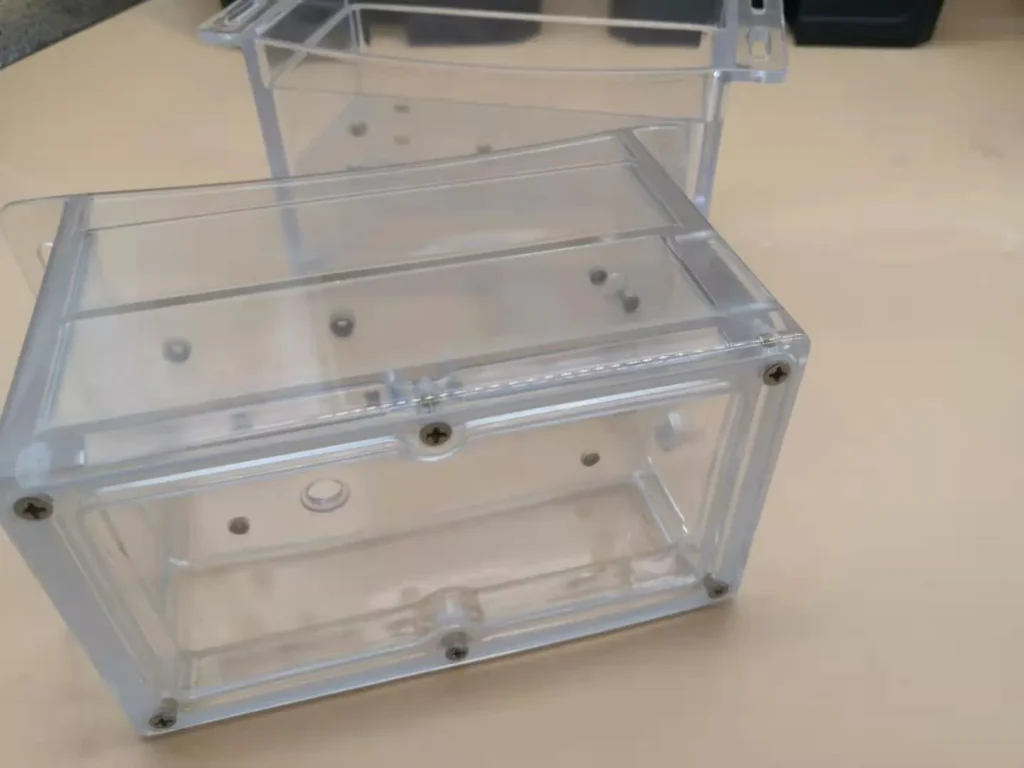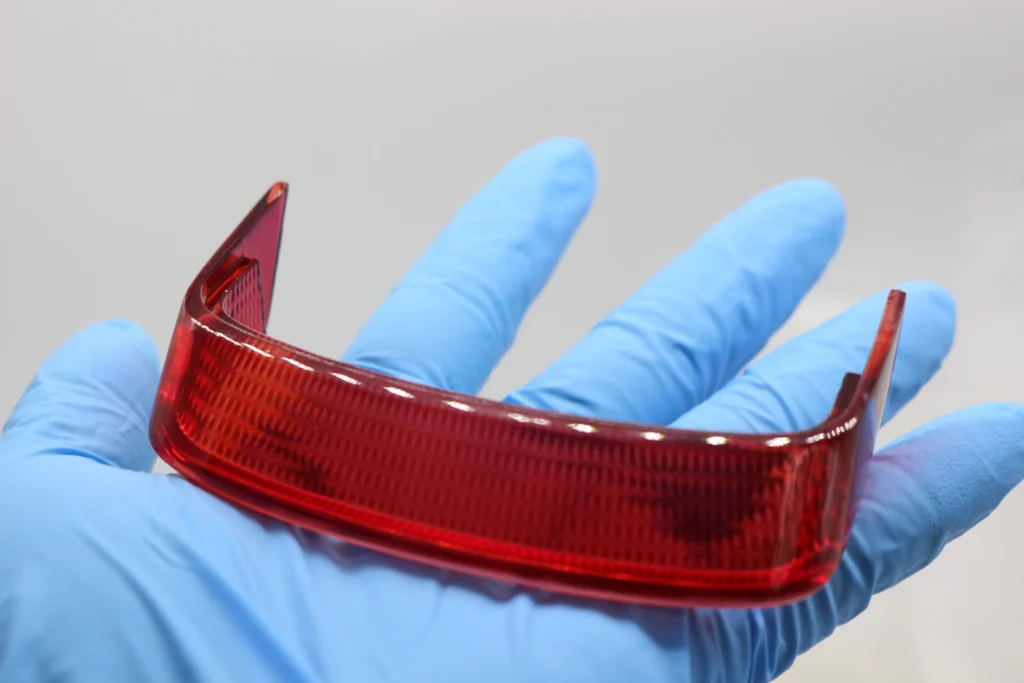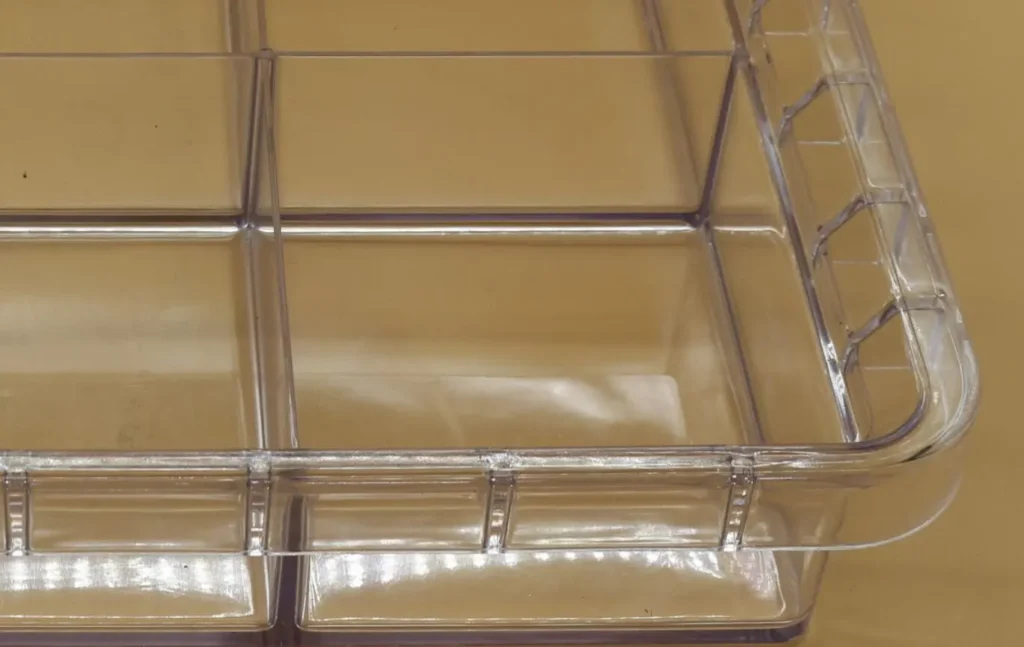Stainless steel is one of the most widely used materials in manufacturing and engineering — known for its strength, corrosion resistance, and sleek appearance. Among the many types of stainless steel, 304 and 316 are by far the most common. But how do they differ, and when should you choose one over the other?
Let’s explore the differences between 304 and 316 stainless steel in terms of composition, properties, applications, and cost.
Composition Difference
The key difference between 304 and 316 stainless steel lies in their chemical makeup:
Element | 304 Stainless Steel | 316 Stainless Steel |
Chromium | 18–20% | 16–18% |
Nickel | 8–10.5% | 10–14% |
Molybdenum | 0% | 2–3% |
316 stainless steel contains molybdenum, a powerful alloying element that significantly improves corrosion resistance, especially against chlorides and other industrial solvents.
Corrosion Resistance
304 SS is excellent for general-purpose corrosion resistance — ideal for indoor or dry environments.
316 SS, with the addition of molybdenum, offers superior resistance to salt water, chlorides, and harsh chemicals. This makes it the top choice for marine, medical, and chemical environments.
If your application involves exposure to salt (like in coastal regions or marine gear), 316 is the safer choice.
Mechanical Properties
Both grades offer excellent mechanical strength and durability, with minor differences in their tensile strength and elongation. They’re equally suitable for most fabrication methods, including welding and machining.
Property | 304 SS | 316 SS |
Tensile Strength | ~505 MPa | ~515 MPa |
Yield Strength | ~215 MPa | ~205 MPa |
Hardness | ~HRB 88 | ~HRB 79 |
Cost Difference
Because of the molybdenum and higher nickel content, 316 stainless steel is generally 20–30% more expensive than 304. For applications that don’t require extreme corrosion resistance, 304 is more cost-effective.
Common Applications
304 Stainless Steel:
Kitchen equipment and appliances
Architectural trim
Food processing equipment
Storage tanks
316 Stainless Steel:
Marine hardware and boat fittings
Pharmaceutical and medical devices
Chemical processing equipment
Coastal construction
How to Choose: 304 or 316?
Environment | Recommended Steel |
Indoors/Dry Climate | 304 |
Food-Safe Surfaces | 304 or 316 |
Marine or Coastal Use | 316 |
Chemical Exposure | 316 |
Budget-Sensitive Jobs | 304 |
If you’re unsure, ask yourself: Will my part be exposed to moisture, salt, or harsh chemicals? If yes, 316 is likely worth the investment.
Conclusion
Both 304 and 316 stainless steel are excellent materials — strong, versatile, and corrosion-resistant. The difference lies in the details: 304 is more than sufficient for many general uses, but 316 stands out in tough environments where corrosion is a serious concern.
At IN3DTEC, we offer custom fabrication, CNC machining, and 3D printing services using both 304 and 316 stainless steel. Not sure which one is right for your project? Contact our team — we’re here to help!
Ready to get started?
Send your drawings or questions to [email protected] or visit www.in3dtec.com for an instant quote.
